
Sharing at the discussion, director Nguyet Que, CEO of SANTANI and founder of the project “Colors of Heritage”, said that Vietnam is completely capable of doing well with digital cultural models like many other countries, but the generation gap is a big barrier. The older generation holds a lot of knowledge and documents, while the younger generation uses different languages, technologies and methods of reception. According to Ms. Que, communication is a bottleneck that makes it difficult for cultural content to convert from traditional spaces to digital platforms.
Solving the problem of "transmission but not communication" in cultural digital transformation
From that reality, the project “Colors of Heritage” was formed with the support of SIHUB and is part of the cultural industry acceleration group of Ho Chi Minh City. The project aims to develop a platform based on real-life experiences, connecting heritage with young people through technology. Ms. Que said that even the project’s communication materials have applied AI, considering this an inevitable trend; however, “no matter how powerful technology is, it cannot replace identity”. Therefore, the important task is to create a mechanism for young people’s creative thinking to be systematically inherited from previous generations.
“Heritage Colors” developed from the culinary activity series “Vietnamese Delicacies”, considering cuisine as the most accessible touchpoint to attract young people and families to offline events. From there, the project integrates cultural content, such as Cho Lon Food Story, traditional art performances, artist exchanges, and folk games to foster interest in heritage.
Director Nguyet Que said that the second version of “Colors of Heritage” is a digital platform expected to be announced on November 22 on the occasion of Vietnam Cultural Heritage Day. This platform allows businesses and young people to introduce products, connect heritage sites and experience culture. The project cooperates with the University of Natural Sciences to develop technology to display Hoi An lanterns using handmade paintings in digital space, and continues to digitize exhibition spaces, including the exhibition “Vietnamese currency, a journey through the flow of history” at the State Bank.
According to Ms. Que, “color” is the identity of each person, “color” is the sophistication cultivated through creativity, and “heritage” is the foundation for development. The “Color of Heritage” project aims to bring Vietnamese heritage to the world through 3D applications, performance technology and interactive activities. It is expected to become an “extended arm” for museums and cultural destinations, contributing to the commercialization of cultural products to reinvest in conservation.

Museums and the pressure of digital transformation
Dr. Pham Ngoc Uyen, Deputy Director of the Ho Chi Minh City Fine Arts Museum, said that the city currently has 24 museums, including 13 public and 11 non-public museums, with functions ranging from history, fine arts to specialized topics. This is an important institutional system, both preserving heritage and being a space for academics, education and cultural exchange. However, museums still face many difficulties in terms of facilities, human resources, management mechanisms and public access in the context of digital transformation.
Cultural heritage is under great pressure from natural degradation, the risk of losing intangible values and changes in public reception behavior. Meanwhile, digital technology AI, VR/AR, blockchain, big data opens up new opportunities for cultural preservation and communication. The combination of culture and technology forms the CultureTech approach, allowing for preservation with modern tools and wider dissemination of heritage. However, developing CultureTech cannot rely solely on the state budget. The public-private partnership (PPP) model is considered a feasible mechanism to mobilize capital, technology and management experience from the private sector, while the state plays a role in guiding and ensuring cultural values.
Reality in Ho Chi Minh City shows that the process of digitizing museums is still in its early stages, with limited investment resources; human resources lacking technological skills; digital content is still simple; data has not been standardized; the ability to attract the public on digital platforms is still low; the PPP model lacks a clear legal corridor. These are barriers that cause many projects to stop at the level of "technology application" and not reach a comprehensive "digital transformation".
CultureTech, if deployed in the right direction, will become an effective preservation tool, from 3D digitization of artifacts to preservation of intangible heritage, while creating a strong dissemination channel through VR/AR, online platforms, and virtual museums. The PPP model plays a key role, when the state, businesses, researchers, and the community participate in the process of preserving, creating, and exploiting heritage values.
For sustainable development, it is necessary to complete the legal framework for cultural PPP, build a national heritage database, invest in digital infrastructure, develop interdisciplinary human resources and strengthen international cooperation. CultureTech not only helps heritage “live” in the digital space but also paves the way for the heritage economy, contributing to Vietnam’s cultural and knowledge industry.
Lack of "conductor" of the CNVH ecosystem
Dr. Trinh Dang Khoa, Chairman of the Council of the Ho Chi Minh City University of Culture, emphasized that in order to develop the cultural industry, it is necessary to look at the industry ecosystem correctly. This ecosystem consists of three groups of subjects: People who create works of art; the force that organizes production and business to bring works into life; the group of consumer managers, in charge of communication, marketing, stimulating demand, orienting tastes and building cultural publics. Vietnam currently trains in these areas, but the departments are separate and lack coordination.
According to experts, the major drawback is the lack of a “coordinating” force, cultural and artistic administrators who understand national identity, grasp the market and connect creativity, production and consumption. This is the decisive position to operate the ecosystem and turn culture into a real economic sector. Art schools train creative expertise well; economic sectors train marketing and administration; cultural and social schools train management skills. However, students are often only good at their majors, and there is no “conductor” to coordinate into a complete value chain.
Dr. Khoa emphasized: “We are lacking cultural and artistic administrators who can activate creativity, promote consumption, coordinate production and turn culture into a source of income.” Dr. Trinh Dang Khoa informed that the Ministry of Education and Training currently has an open policy, allowing educational institutions to propose opening new majors suitable to social needs. Ho Chi Minh City University of Culture is developing a project to open a major in Cultural and Artistic Administration, training human resources that integrate knowledge of culture, art, market, business and communication, the core elements of the cultural industry.
While waiting for the procedures to open the major, experts proposed training cooperation solutions, such as organizing "inter-school creative camps" to help art, technology and management students experience, cooperate and form interdisciplinary thinking. Innoculture 2025 affirms that heritage is not only a relic of the past but also a foundation for developing the cultural industry, promoting creativity, connecting the younger generation and exploiting economic value. CultureTech and public-private partnerships are important tools to help Vietnamese heritage "live" on a digital platform, creating new, close and vivid experiences, while laying the foundation for a dynamic and professional cultural creative community in Ho Chi Minh City.
Source: https://baovanhoa.vn/van-hoa/can-hoan-thien-khung-phap-ly-cho-hop-tac-cong-tu-van-hoa-181932.html







![[Photo] General Secretary To Lam and National Assembly Chairman Tran Thanh Man attend the 80th Anniversary of the Traditional Day of the Vietnamese Inspection Sector](https://vphoto.vietnam.vn/thumb/1200x675/vietnam/resource/IMAGE/2025/11/17/1763356362984_a2-bnd-7940-3561-jpg.webp)


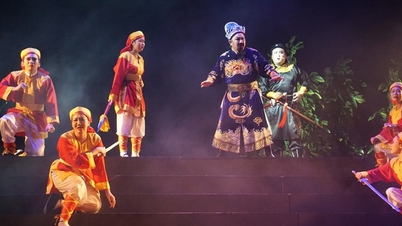

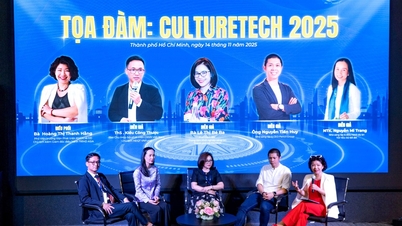
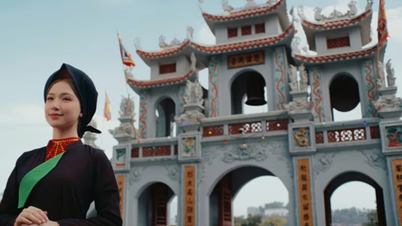
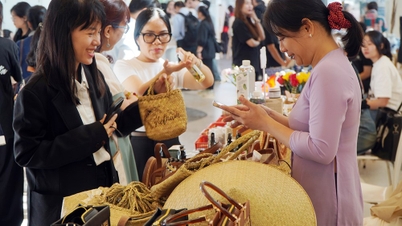


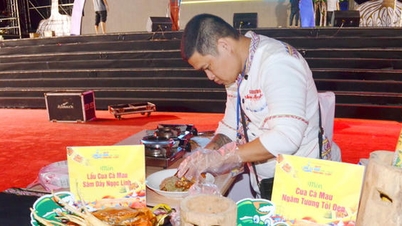

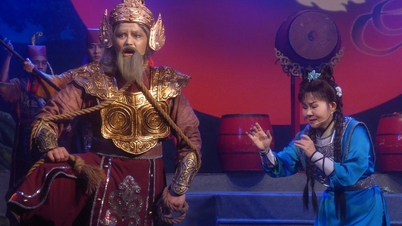







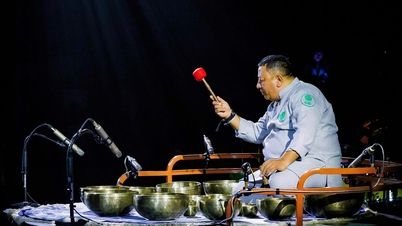













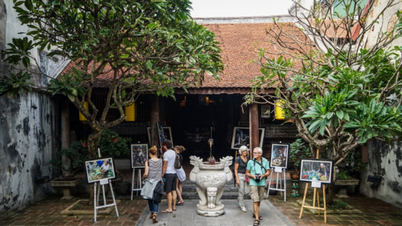

















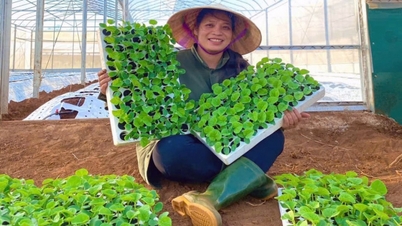






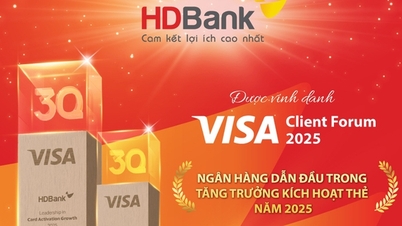












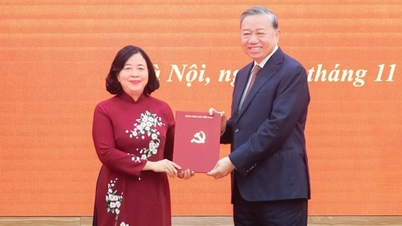



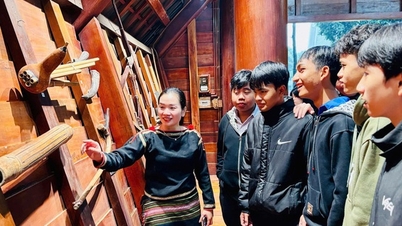








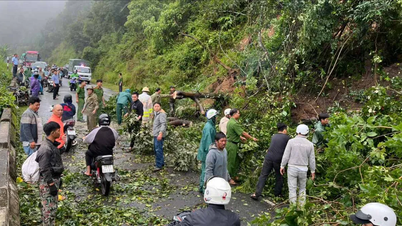







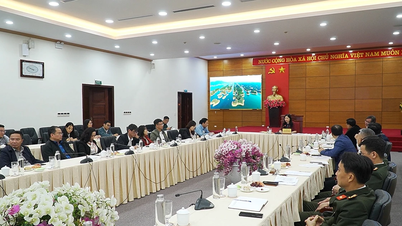













Comment (0)